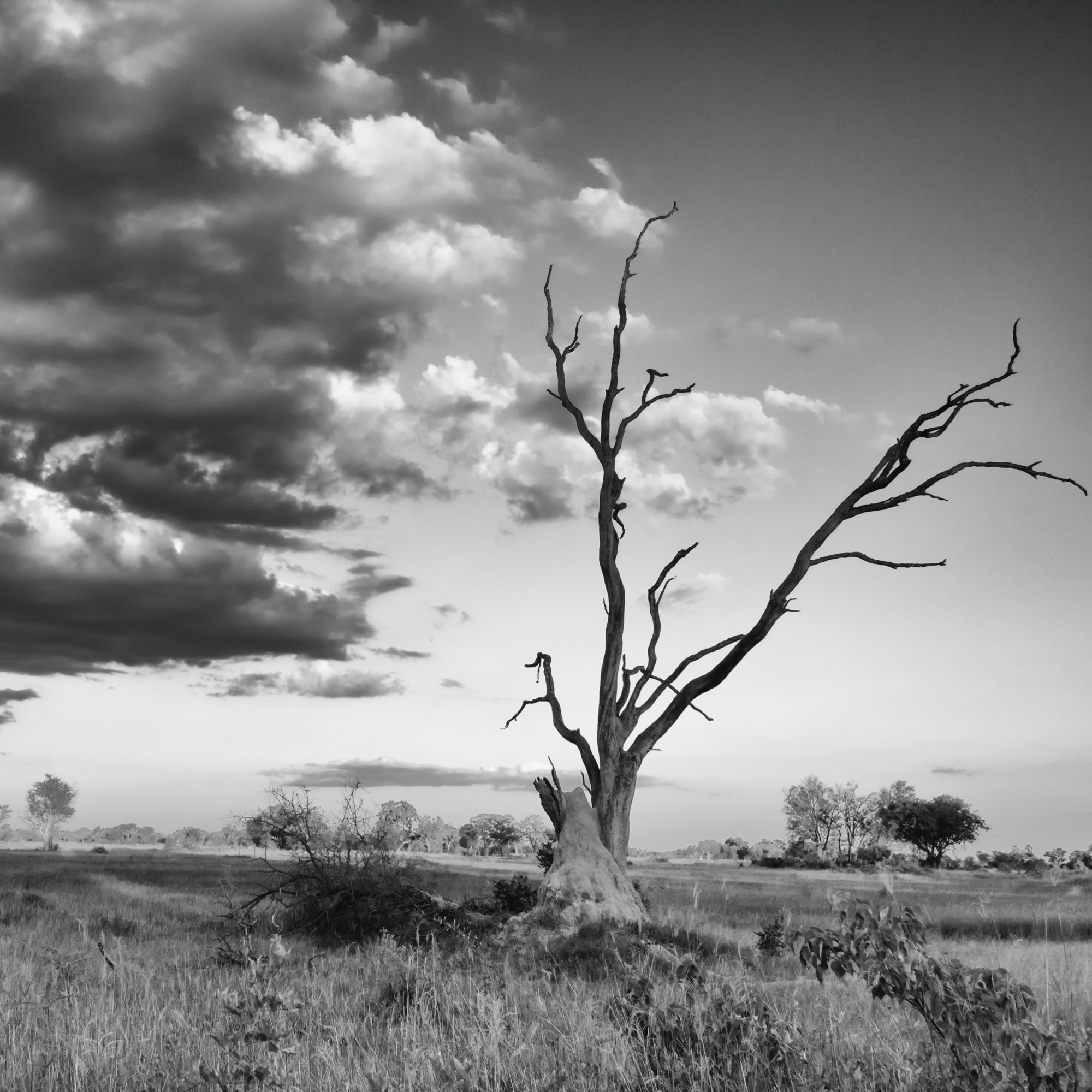
2021-04-07: Wordless Wednesday


Showcasing the beauty of Mother Nature

What a view that was! The beauty of the Panorama Route in South Africa.

Even though it is the start of spring, it is still fairly colourless around my house, and still some sizeable snowbanks that are stubborn to fully melt. The last few days I have felt desperate for a bit of colour, so I tried to find a little in the images I still have left to edit.
I worry a bit that I will run out of images before I have the opportunity to travel or find something of interest locally to photograph, but I will cross that bridge if I get to it. Given how little time I can dedicate to photograph currently, it probably won’t be a problem any time soon.
Wishing everyone a wonderful week ahead.




I almost missed my Monday post, but remembered in the knick of time that I hadn’t put anything up yet today. I edited this one yesterday, and it was an interesting sighting that ended up involving three different leopards, while staying at Lion Sands.
This sighting was at dusk and lit with a spotlight with a red filter. Converting it to black and white was a great option to remove the strange colour casts, but I’ll be honest, I still find it a little flat looking. But, it was pretty flat with only a bit of light left in the sky, and the sighting in a fairly heavily treed area.
Regardless if the photo turned out great, it brings back memories and I find myself right back there in the vehicle, sitting behind our ranger Albert, who was getting rather frustrated by the confusing tracks all of the place, which made far more sense when we came to realize they were made by three different cats.

Leopards caught my eye today, so that is what I worked on. I sure wish I was out watching leopards today, rather than watching the snow falling.



Wishing everyone a wonderful week!

Continuing on with the wild dogs, here is a pack greeting after they had all just awoken from an afternoon of napping.

Have a great week everyone!

With 5 weeks left in term, there are a lot of different tasks to do – papers to research and write, projects to complete, exams to revise for. Yet, today especially, I have found myself daydreaming of what I’m most looking forward to during the two weeks I’ll have off between winter term and the start of spring semester, and right now, it’s having a nap! I’m looking forward to having a weekend where I spend some time like these lions 🙂

Have a great week everyone!